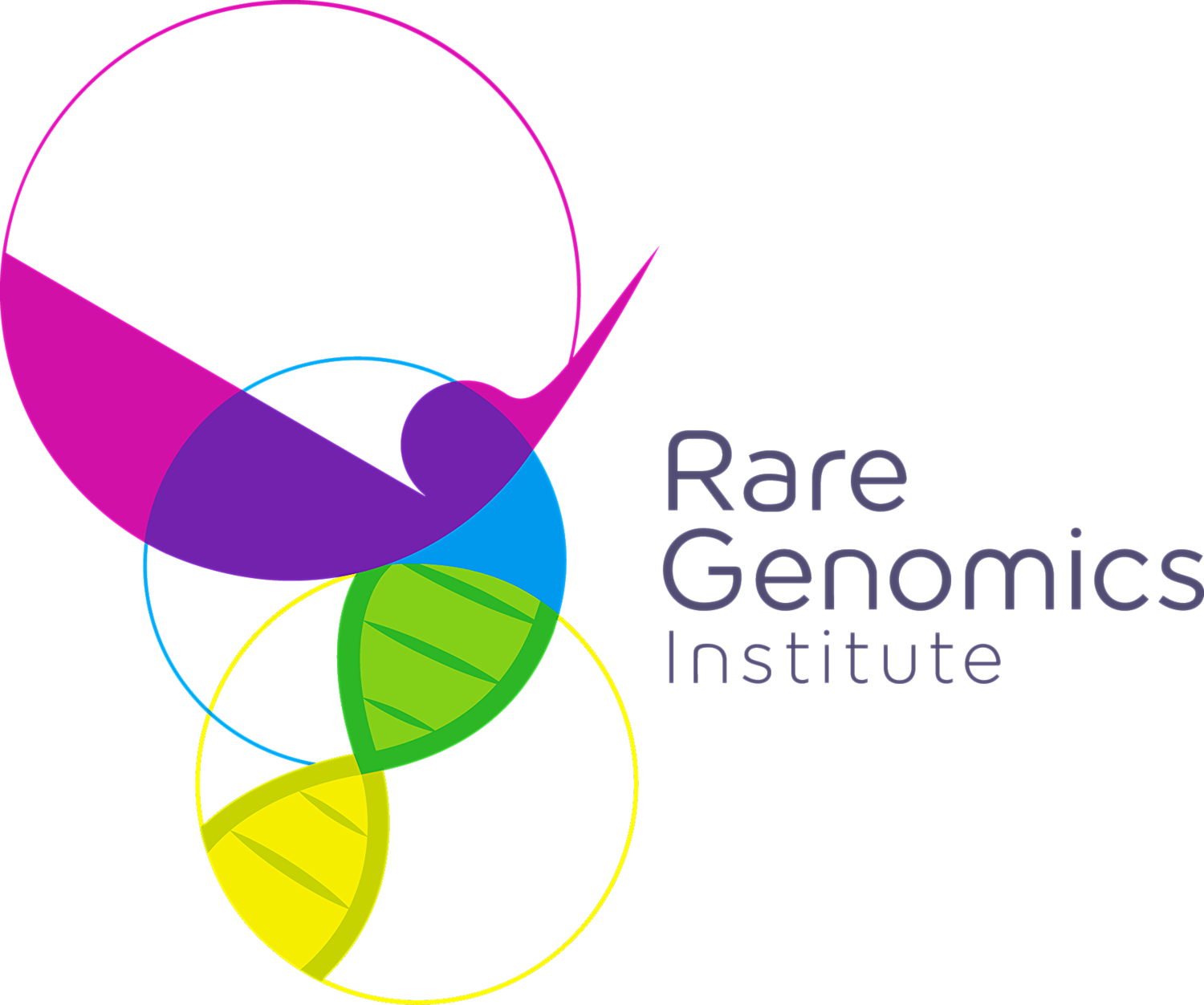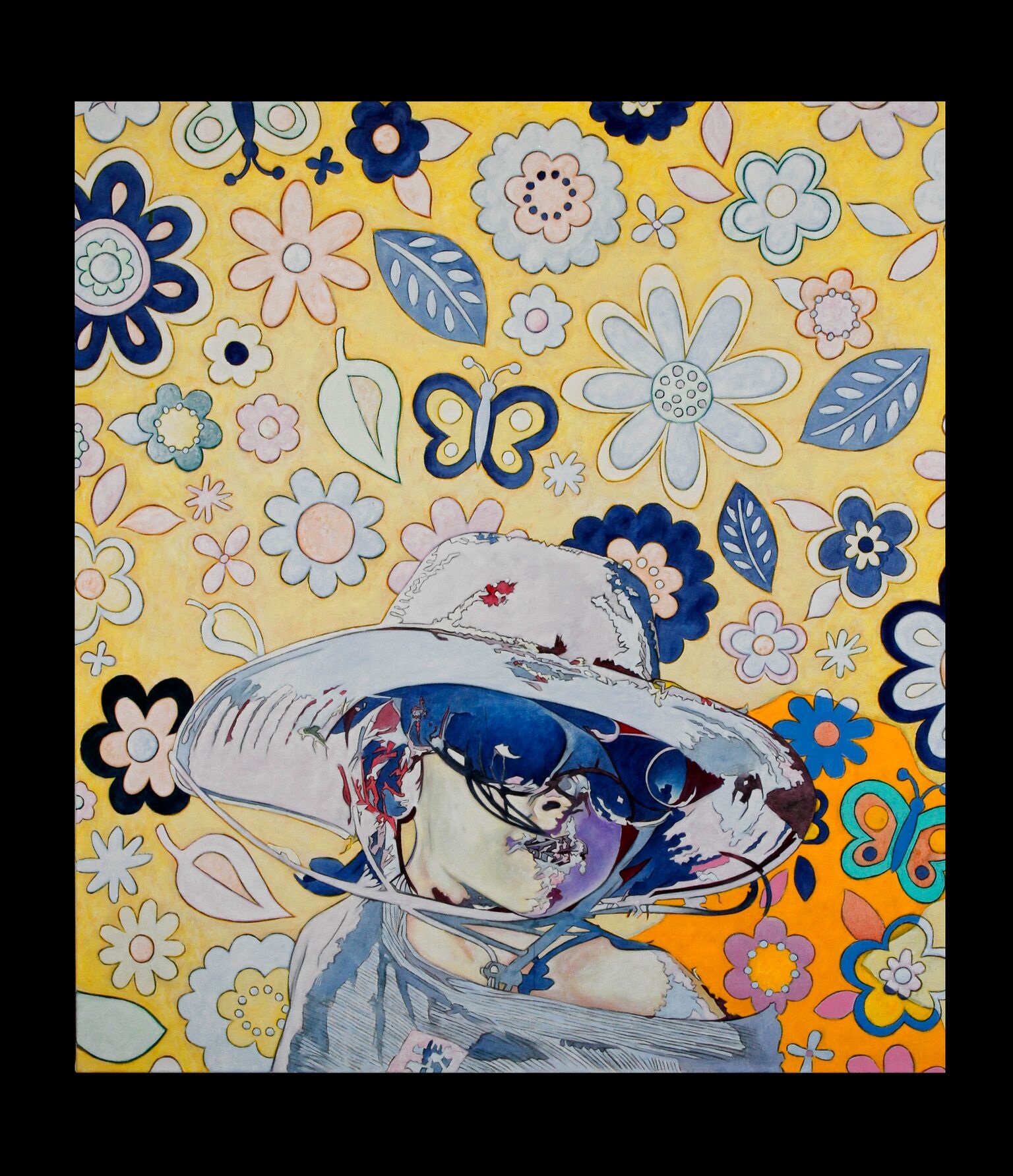Leading the Way: Beyond the Diagnosis
/At the Rare Genomics Institute, we understand that enacting change cannot happen unilaterally and that solving medical mysteries does not come without teamwork. We stand proudly at the forefront of the utilization of genomic sequencing for the purpose of identifying, treating and hopefully curing rare diseases. At the same time, we realize there are many other people outside of our organization who are just as fundamental to the fight against rare diseases as we are. The team at RG is inspired by those who dedicate their lives to helping others affected by rare disease. Here is one of their stories:
You can’t look at these portraits and not be engaged
The Rare Disease United Foundation launched the Beyond the Diagnosis exhibit just two years ago. The idea was that portraits of those living with rare diseases could allow people to become more engaged with the rare disease patient community; that there is more to a person living with a rare disease than the diagnosis itself.
There are 7,000 rare diseases affecting 30 million Americans. At last count, Beyond the Diagnosis has portraits of over 60 individuals affected by rare diseases. The goal is to cover all 7,000.
Each portrait is meticulously crafted, and each features a person living with a unique rare disease. Some paintings are abstract. Others are extremely realistic. Just as in life, it is our differences that make us whole, our experiences that are the foundation of our communities.
My phone conversation with Patricia Weltin of the Rare Disease United Foundation was peppered with these insights. “You can’t look at these portraits and not be engaged,” she said. I could do nothing but nod my head in agreement.
Patricia is self-described as a person who believes in action. What she has done for her own children living with rare diseases is remarkable. But what she, her family and her organization continue to do for the rare disease community-at-large is inspiring.
In the beginning, Patricia was cautious with her goals for the project, “My hope was that it would catch somebody’s eye and that it might be a medical student and that they might become interested in rare diseases. It’s gone so much further than that.”
The list of organizations who have featured Beyond the Diagnosis is long (Harvard University, Brown University and the Broad Institute are examples) and it continues to grow. CBSNews has featured it, so has the National Institute for Health (NIH) and the Today Show.
People have been overwhelmingly receptive, Patricia recounted, “We were one of the first to do an art exhibit at the Broad Institute. They didn’t have art. They actually hung the hardware so we could do our art exhibit.”
Success, however, does not breed complacency for the Rare Disease United Foundation.
I’m all in because I’m somebody’s mother
Patricia’s exposure to rare disease is extremely personal, and it highlights the struggle many parents and patients have with the medical community in arriving at diagnoses, “I’m all in because I’m somebody’s mother...I knew at birth there was something going on, but it wasn’t until my daughter was three years old that she presented with a lot of hyperpigmented macules all over her body. We went to several dermatologists and ended up with the Head of Boston Children’s. They diagnosed her with hypermelanosis of Ito of which there are about three hundred cases worldwide. They told us it would just be cosmetic.”
One doctor’s visit turned into another. Issues became far more than cosmetic. A spinal cord surgery was necessary, “She had her spinal cord surgery and everything went great. One day she went to walk to the bakery and she couldn’t make it. She was in extreme pain. Her teeth started falling out. When they did a scan of her mouth, they found that she had Chiari malformation. So I joined a Facebook group for Chiari and I realized – wait a minute, my daughter has Tethered Cord, my daughter has Chiari – all these people had Ehlers-Danlos syndrome!”
Patricia’s family’s story is a difficult one, but thanks to her action, their story - and the stories of other families struggling with rare diseases - have an undercurrent of hope.
The art brings us together
Too often there is an idea in the medical and pharmaceutical community that rare diseases are uncommon enough that searching for treatments is unfruitful or unnecessary. The mission of Beyond the Diagnosis is to change that misconception. Though rare diseases are unique in singular instances, it is imperative that communities understand the binding power of its members’ differences.
The artists who participate in Beyond the Diagnosis certainly understand this concept, “These artists don’t just do paintings, they want to meet the kids,” Patricia stated, “We have an artist who is an editor at [a national magazine]. She is a busy woman. She painted a kid and afterward emailed me and asked ‘can I have his address? I bought him a toy.’ [The artists are] going above and beyond. More than anything they want to know the families. They want to know the kids. They don’t just ask for the pictures. Their hearts are going into these portraits. These portraits are gifts, from their hearts to us.”
Asked if she had a particular message for participating artists in the exhibit, Patricia glowed, “You can’t know what you’ve done for us… The art brings us together. It’s on a different playing field. Art is art; it’s not disease. Everyone can look at this artwork and get something from it. You don’t have to be a doctor, a researcher or a medical student: You will be changed after seeing this exhibit.”
Rare Angels
As touching as each portrait is, and as much hope it can provide a family wishing for treatment for their child, there is a harsh reality that many families must face: rare diseases often result in death. But with the encouragement of several parents who have lost children, a special section of the exhibit is devoted to those children who have lost their lives during the brief two-year lifespan of the exhibit.
“We knew that we would lose children.” Patricia somberly noted, “We knew that they had fatal diseases when we started the exhibit. We were going to ‘retire’ the portraits and give them to the families when a child passed. Within three months of the exhibit’s first appearance at Brown, we lost a little boy. I called up the mother after a while and said that we would like to send [her son’s] portrait to you and she said ‘Can you leave it in the exhibit? We want him to continue raising awareness.’”
Taking this to heart, Patricia took action, “We now have a section called Rare Angels. We know that we’re going to lose a lot of these kids. I think that in itself is a statement. The show has been around for a year and a half and we have already lost two kids. That is not good. We’ve lost two kids with only thirty-five diseases represented (in the exhibit). It has got to stop.”
From the heart, for the heart
Though the incidence of death is high among certain individuals with rare diseases, Beyond the Diagnosis is raising awareness the way we all hope we can. At the end of our call, Patricia called the project “from the heart [and] for the heart” and stated that the exhibit is a “positive, powerful and loving gift.” Through continued collaboration with other organizations and growth of the exhibit, the goals of the Rare Disease United Foundation will surely be met someday. At very least, Patricia’s Foundation is helping us all to see Beyond the Diagnosis.
You can see more portraits from Beyond the Diagnosis here. Please consult the Rare Disease United Foundation’s website for upcoming event details and news regarding the exhibition.




